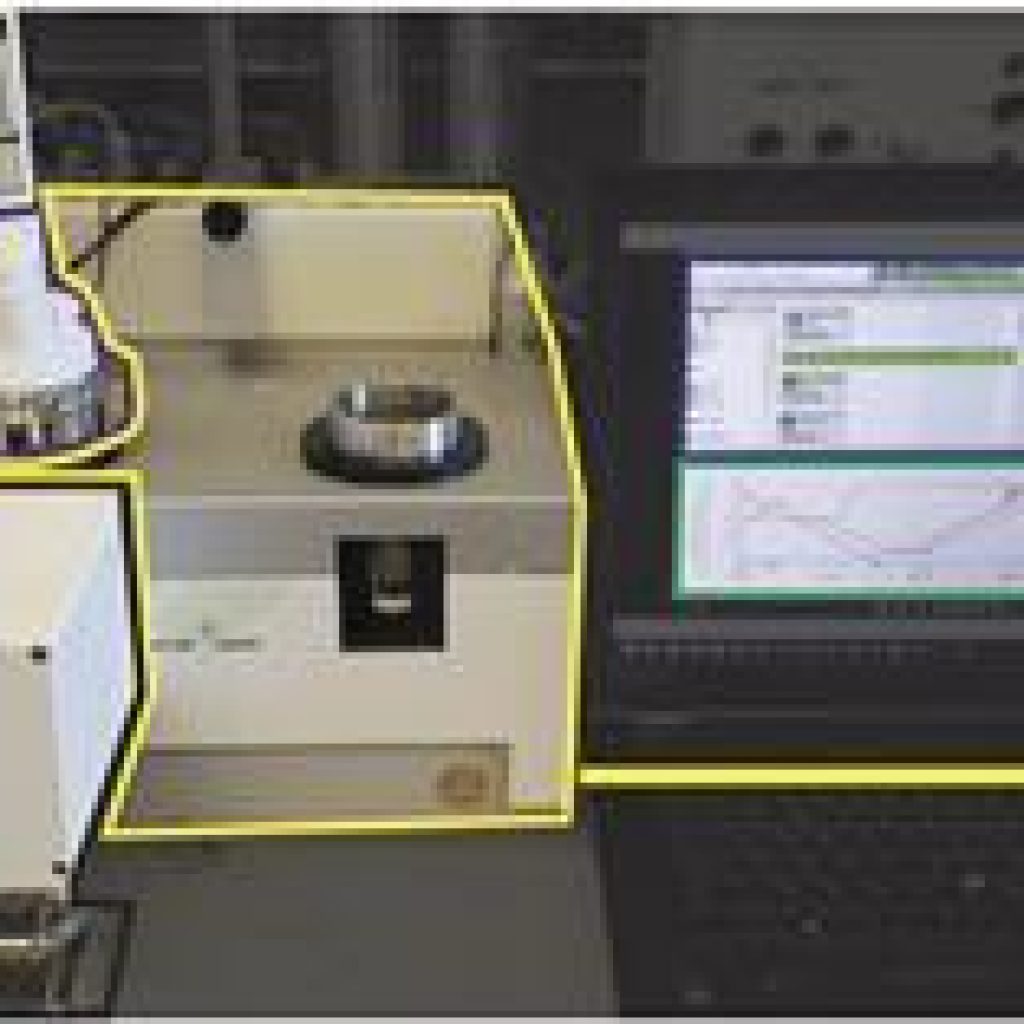In a groundbreaking development, Associate Professor Eiman Azim and his research team have unveiled GlowTrack, a revolutionary non-invasive movement-tracking method that employs fluorescent dye markers to train artificial intelligence systems. This cutting-edge technique, featured in a recent publication in Nature Communications on September 26, 2023, promises to transform the way we understand and analyze movement, with applications spanning various fields, including biology, robotics, medicine, and beyond.
The importance of tracking movement lies in its ability to offer a unique window into the intricate workings of the brain as it controls the body. Over the years, the quest to accurately capture and quantify movement has evolved from manual clipboard-and-pen observations to sophisticated artificial intelligence-based methods. Nevertheless, a significant challenge has persisted—the laborious and time-consuming process of training these AI models through manual annotation of body parts, often requiring hundreds to thousands of annotations.
Applications across diverse fields
GlowTrack, the brainchild of Professor Eiman Azim’s team, addresses these challenges head-on. It introduces a non-invasive approach that utilizes fluorescent dye markers to streamline and enhance movement tracking. The key advantage of GlowTrack is its versatility and efficiency, capable of tracking a single digit on a mouse’s paw or hundreds of landmarks on a human hand with remarkable precision.
Professor Azim emphasizes the revolutionary impact of GlowTrack, stating, “Our approach makes these tools more versatile, improving the ways we capture diverse movements in the laboratory. Better quantification of movement gives us better insight into how the brain controls behavior and could aid in the study of movement disorders like amyotrophic lateral sclerosis (ALS) and Parkinson’s disease.”
The existing methods for tracking animal or human movement often rely on manual annotation, which is time-consuming, prone to human error, and limited in its applicability to specific testing environments. These methods lack adaptability, as AI models are constrained by the narrow scope of their training data. Any changes in lighting, orientation, camera angle, or other variables can render the model ineffective in recognizing tracked body parts.
Seamless integration with 3D tracking and analysis tools
To surmount these limitations, the researchers turned to fluorescent dye markers, enabling the creation of visually diverse data rapidly and without the need for human annotation. This data, rich in diversity, can be seamlessly integrated into AI models. As a result, these models become capable of tracking movements in a wide array of environments and achieving resolutions that were previously challenging with manual annotation alone.
GlowTrack’s introduction ushers in a new era of movement data analysis. It allows for easy comparison of movement data across different studies, as multiple laboratories can utilize the same models to track body movement under various conditions. This fosters greater collaboration, consistency, and reproducibility in scientific experiments, all essential elements in the pursuit of scientific discovery.
Daniel Butler, the first author of the study and a Salk bioinformatics analyst, likened the fluorescent dye markers to “invisible ink on a dollar bill,” emphasizing their ability to generate massive amounts of training data rapidly.
Looking ahead, the research team is enthusiastic about supporting diverse applications of GlowTrack. They envision combining its capabilities with other three-dimensional tracking tools and advanced analytical approaches to unveil hidden patterns within vast movement datasets.
Professor Azim envisions a bright future for GlowTrack, stating, “Our approach can benefit a host of fields that need more sensitive, reliable, and comprehensive tools to capture and quantify movement. I am eager to see how other scientists and non-scientists adopt these methods, and what unique, unforeseen applications might arise.”
In essence, GlowTrack is poised to revolutionize movement tracking, opening doors to a multitude of scientific discoveries and applications across various domains.




